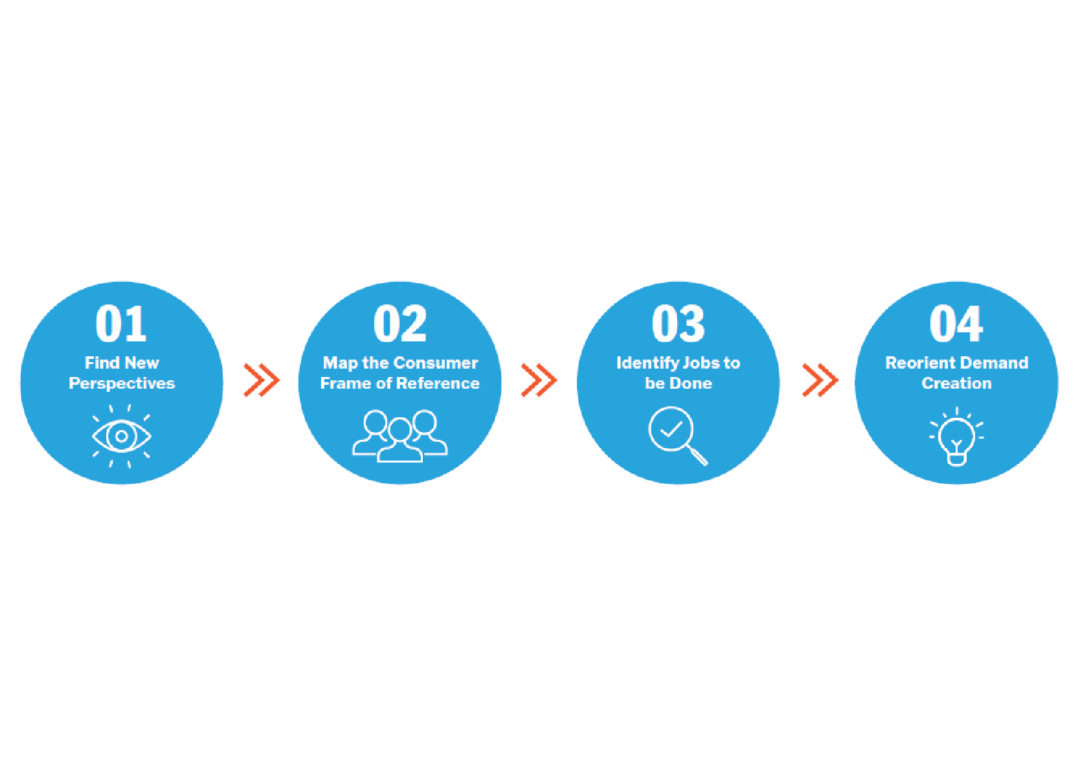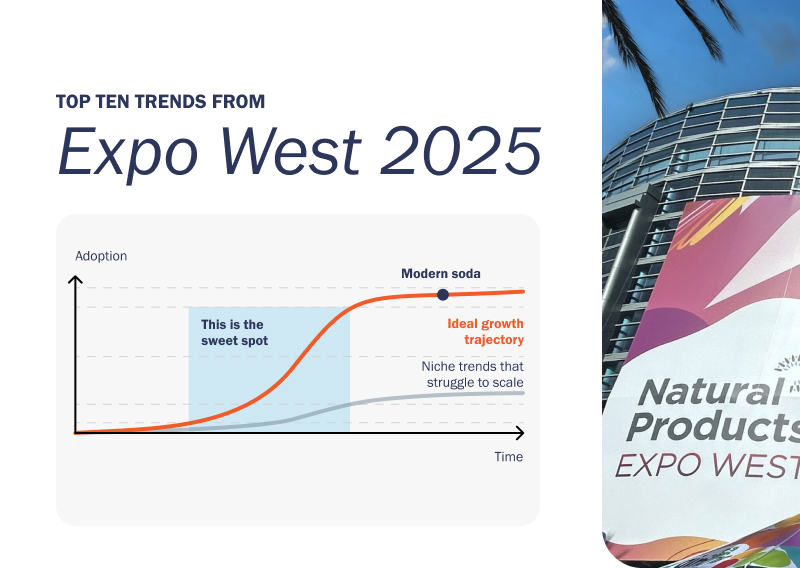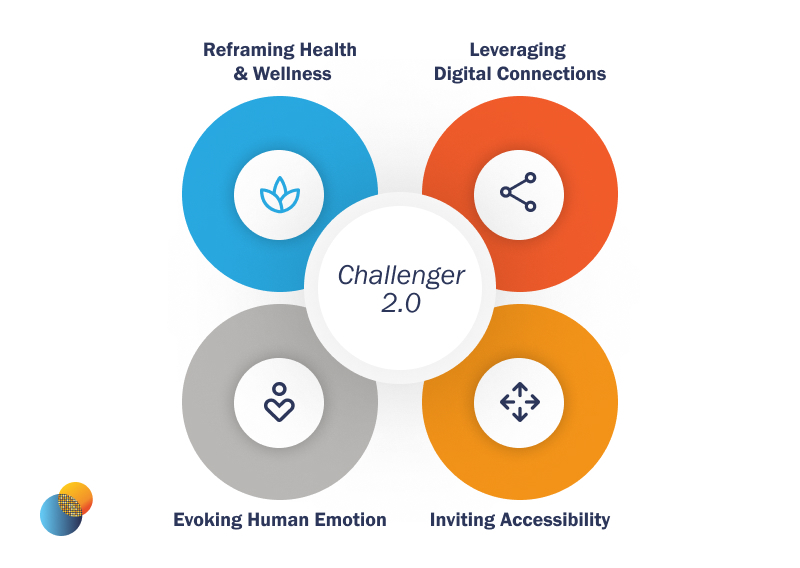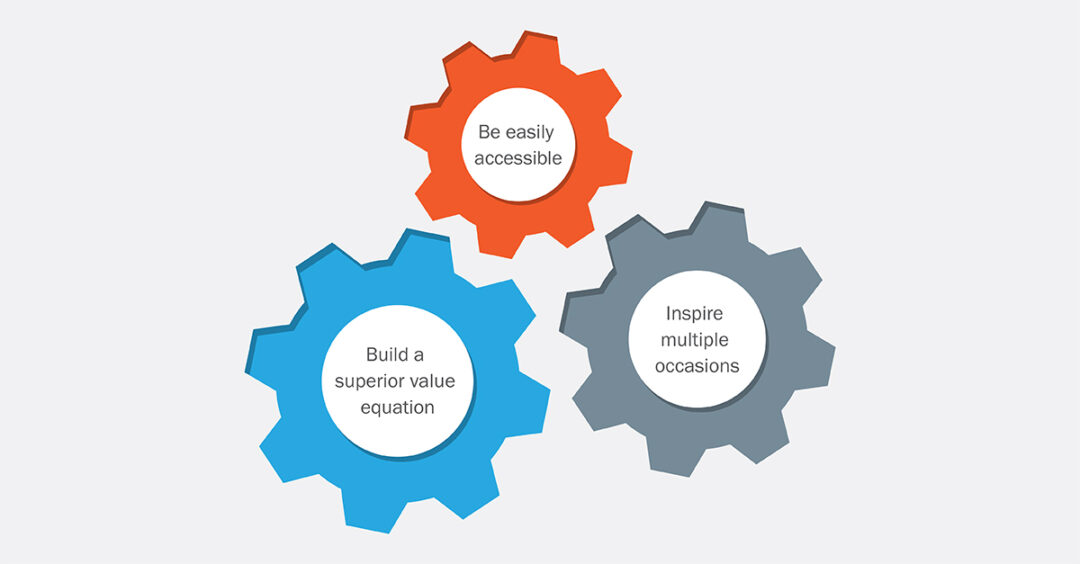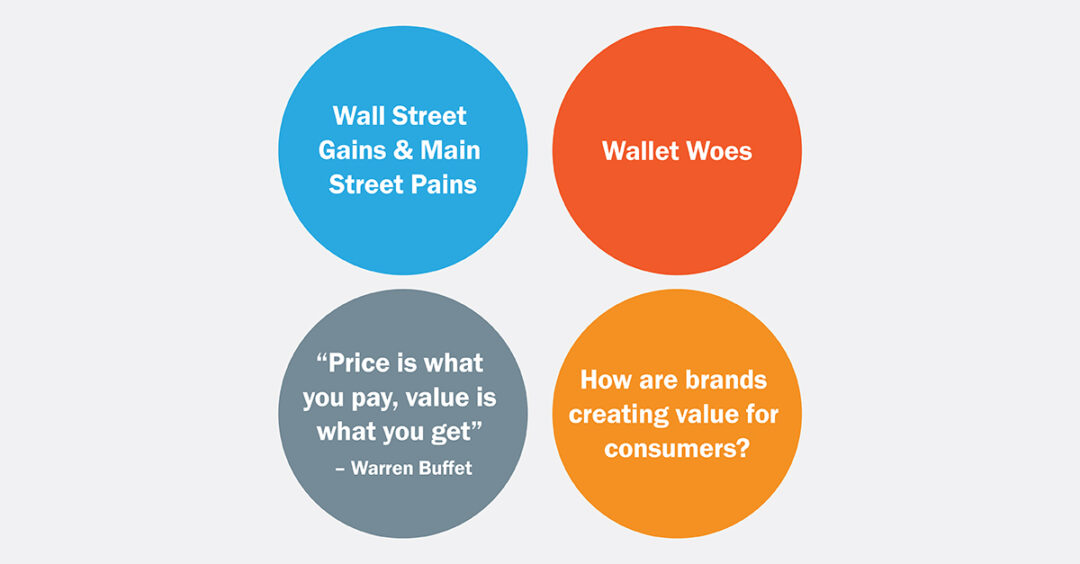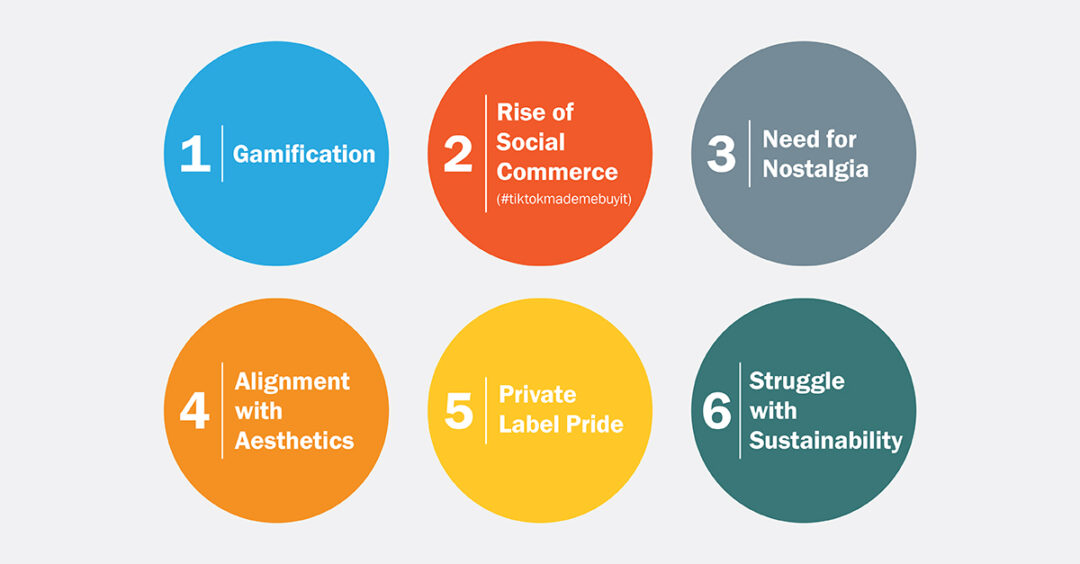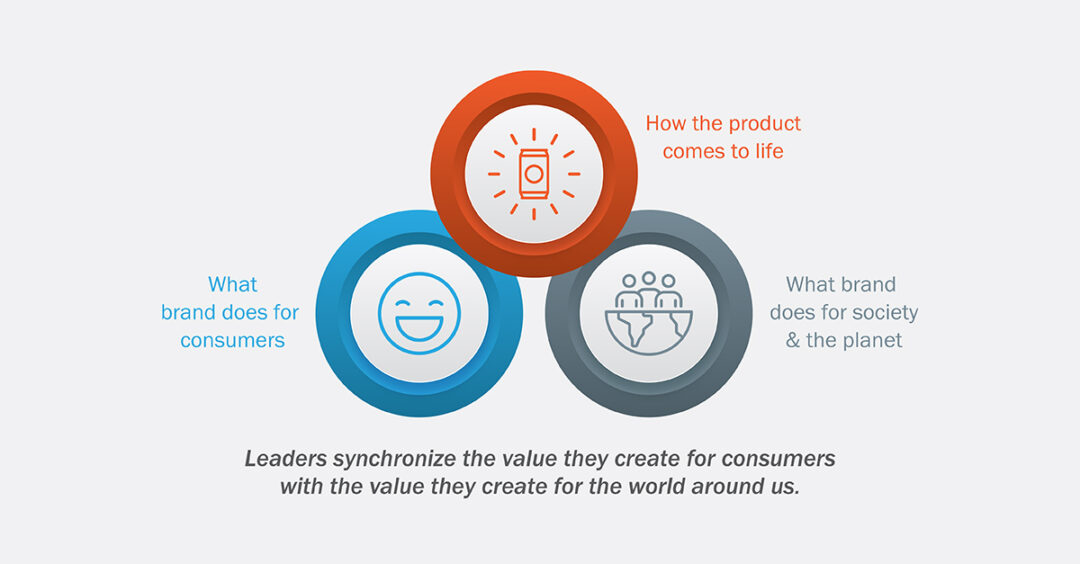Revenue Growth through Relevancy
Introduction
With overabundant options and shifting consumer preferences, achieving revenue growth—especially profitably—is the core challenge that companies will face in the new year and decade. A brand’s ability to grow remains rooted in the indelible principles of winning consumer jobs, carving out distinctive spaces, and engaging with consumers in highly relevant, authentic ways.
We believe that building relevance is an under-leveraged pathway to accelerate growth. As Millennials and Gen Z account for the greatest transfer of wealth and consumer spending power on record, brands must use a forward-looking approach to identify what is most relevant for this next generation.
We’ve distilled a forward-looking view on what next generation relevance means into five pillars: relevance to my values, culture, lifestyle, budget, and places I purchase. This paper explores each relevance pillar and offers ideas for how to unlock revenue growth through each by highlighting brands that are doing it well.
5 Pillars of Relevance


Pillar #1: Relevance to my values
Next generation consumers want to spend their money on more than a product; they use their beliefs to direct purchasing. Winning brands position themselves as relevant to contemporary values and empower consumers to use their purchasing power to support a greater purpose.
Brands aligned to consumer values (e.g., ways of eating, environmental stewardship, donation of proceeds to various causes) also command a price premium as consumers are willing to pay more for the enhanced benefits delivered by a values-based brand. We see this justified premium as a growth unlock across categories.
Unlock: Use forward-looking insights to identify emerging values that drive purchase decisions
Prioritize leading-edge consumers (those creating change in the market) and identify what they value most when selecting products. These consumers portend where purchase decisions are trending, and brands that deeply understand these values-based decisions can better delight this group and remain ahead of broader market trends.
A few examples include:
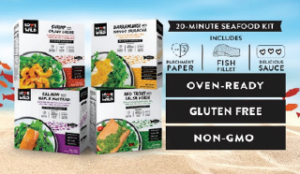
Love the Wild, a frozen seafood entrées kit, with sustainable aquaculture benefits for consumers and the environment.
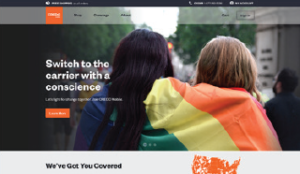
Credo Mobile, a virtual network operator, can charge similar rates to Verizon because it invites its members to designate a charity each month to receive a portion of Credo’s profits.

Pillar #2: Cultural relevance
Brands often struggle to appeal to next generation consumers in today’s ultra-competitive landscape. Successfully creating stickiness in consumers’ minds requires talking to consumers through mediums and situations that are relevant to their culture. Connecting to the next generation’s culture in an authentic way while remaining true to the brand’s heritage will allow the brand to build relevance with a spectrum of consumers.
Unlock: Link your brand to contemporary culture As consumers see advertising everywhere, from subway ads to Snapchat stories, it has become more difficult for brands to capture mindshare. One way to stand out authentically is to leverage borrowed interest from pop culture, making smart, relevant connections to your brand and what it stands for.
A few examples include:



Pillar #3: Lifestyle relevance
As the next generation builds careers, families, and homes, they seek solutions that fit meals, snacks, and personal care and household occasions into busy schedules, spurring a resurgence across categories from home cleaning to frozen meals to dairy and pasta. Brands can win by updating old standbys for evolving needs as consumers seek better ‘job’ solutions.
Unlock: Connect with trending values as a ‘way in’ to today’s lifestyle
For the next generation, food values are about more than just nourishment; they are integrated into consumers’ sense of self and wellbeing. Brands whose products better fulfill evolving consumer ‘jobs’ associated with changing lifestyles will earn greater market share.
A few examples include:

Califia identified plant-based eating as an emerging food value and innovated within this platform to fulfill a myriad of consumer “jobs”, such as energy, digestive health, and satiety.

Banza’s chickpea pastas were inspired by the idea that consumers buying better-for-you products want the best of both worlds: delicious meals for the whole family to gather around, while overdelivering on nutrition density.

Pillar #4: Budget relevance
With college tuition increasing 500% since the 1980s and cost of living more than tripling, the next generation of consumers is accustomed to living on a budget. In the consumer goods space, they are seeking an even greater value equation. Low prices alone are not the answer. It is more important than ever to identify and deliver on the aspects of the value equation that matter most to them.
Unlock: Over-deliver on the value equation
Offering exceptional value through the right benefits at the right price requires a deep understanding of where value lies for your consumer. By offering exactly what consumers value most and not investing in what they don’t, brands can be highly relevant while saving on areas that expand profit margin.
A few examples include:
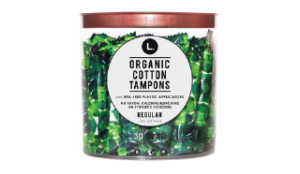
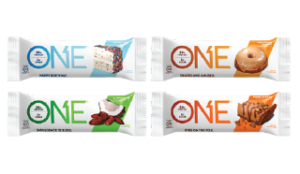

Pillar #5: Relevant availability
Today’s consumers expect brands to be seamlessly available for purchase in their flow of life outside traditional retail channels, whether offline or online. However, brands must still stand out in the traditional brick and mortar retail environment while expanding omnichannel through availability online, in foodservice, and/or in unexpected UDS (up-and-down-the-street) channels such as apartment buildings, workplaces, and gyms.
Unlock: Develop breakthrough availability
As social networks expand in-app purchasing capabilities, brands can capitalize, reaching younger consumers where they already browse and removing the friction to purchase online. In real life, brands can break through by ensuring their in-store presence is unforgettable (or better yet, Instagrammable) and by increasing distribution in grab-and-go locations that accommodate the next generation’s on-the-go lifestyle expectations.
A few examples include:
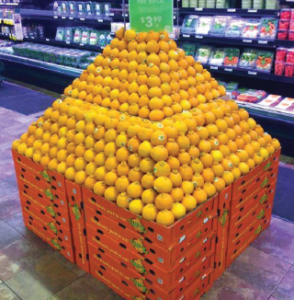
Sumo Citrus’ seasonal in-store execution aligns with retailers’ desire – and emerging KPI – of creating Instagrammable displays. Shoppers associate these oranges with an eye-catching showstopper on the store perimeter, leading to higher likelihood to purchase.

Smalls cat food sidestepped category incumbents by expanding point of sale to Instagram, where browsers receive a discount to encourage trial and can shop directly from the link.
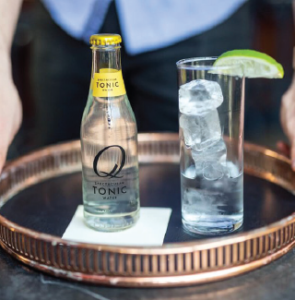
Q Mixers is sold at retail, but next-generation consumers might also spot their “Spectacular Serve” bottles when ordering drinks at leading restaurants and bars around the country.
Summary
To unlock growth this decade, commit to a forward-looking insight approach to build relevance with the next generation of consumers. Include the 5 Pillars of Relevance framework within your annual planning and ensure new growth ideas integrate into your marketing plans. We wish you success in the new year and hope these revenue growth ideas provide inspiration on new ways to engage consumers.
As always, we welcome your thoughts and feedback. Please reach out to info@seuratgroup.com.

